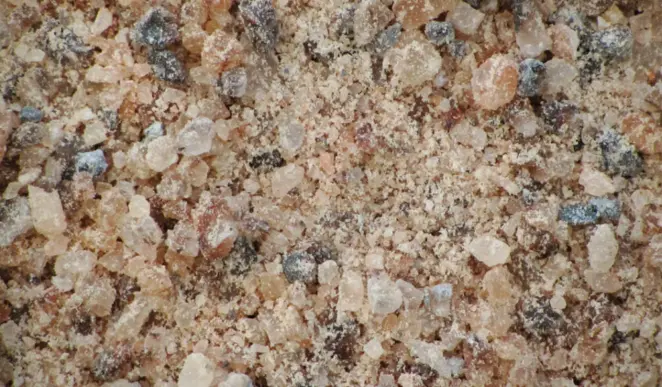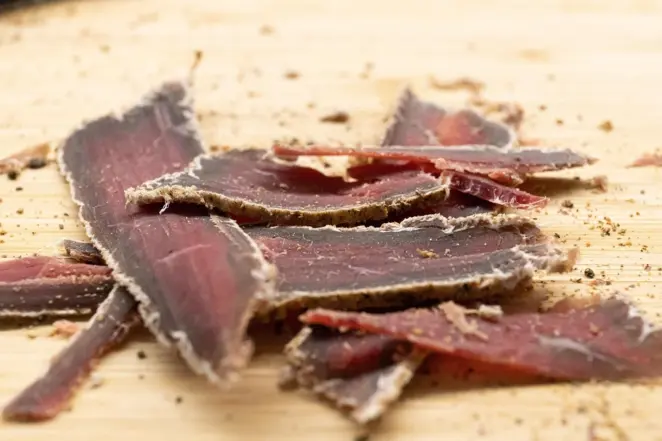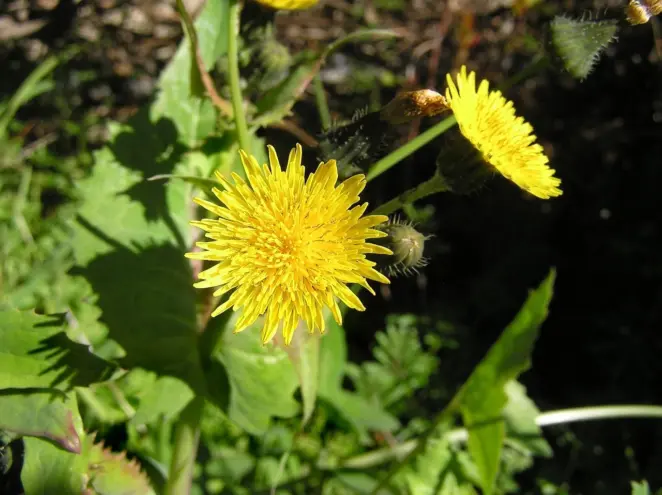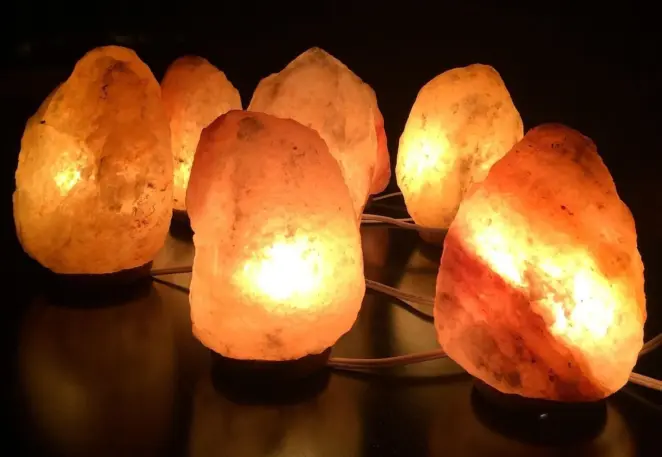Uses for Rock Salt
Throughout history, rock salt has served many purposes, far beyond just seasoning food!
For millennia, people have used it to preserve meat and fish, give minerals to livestock, get rid of unwanted weeds, decorate spaces, and even melt ice on the roads.
Even now, this ancient mineral still plays a crucial part in our daily lives.
What Is Rock Salt?
Before diving into its uses, what is rock salt exactly?
Also known as halite, it is a mineral made of sodium chloride that’s found in underground deposits worldwide. These were formed when ancient bodies of water evaporated, leaving huge amounts of rock salt behind. Over time, the deposits were buried by layers of rock, soil and more. As a result of this, the only way to access them is by mining.
Rock salt's colour varies depending on its mineral content and geological conditions - it can appear white, brown, grey, pink, or even blue.
In the UK, most rock salt comes from the Winsford mine in Cheshire, where it naturally has a deep brown colour.
To learn more about this, visit our ‘What Is Rock Salt?’ blog.

What Is Rock Salt Used for?
Here are some of the most common uses for rock salt:

Meat and Fish Preservation
Salt has been used to preserve meat and fish for thousands of years.
People traditionally rubbed salt onto meat or soaked it in salty water (brine). The salt then drew moisture out of the food, helping to stop the growth of bacteria and preventing spoilage for weeks at a time. This process is known as salting or curing and can also enhance the food’s flavour.
Historically, salt beef was one of the most popular foods for sailors embarking on long voyages during the Age of Discovery. It was also enjoyed by people from all social classes on land.
While we now have refrigeration, salt is still widely used for curing meat and fish to this day!
Did you know that the word ‘salary’ comes from the Latin word for salt, as ancient Roman soldiers were paid regularly in salt? Salt was a highly sought-after commodity at the time, as there was no means of refrigeration.
Livestock Salt Licks
Rock salt can be used to make salt licks for livestock such as cows, sheep, and goats. These come in two main forms: natural unrefined chunks of salt, or compressed blocks made from salt powder that is pressed into smooth, uniform shapes.
Salt licks give livestock electrolytes and minerals that support their health, hydration, muscle and nerve function, and digestion. For young animals, a lack of salt can slow their growth, making salt licks an essential resource for farmers.
They can be placed almost anywhere, as long as the spot is dry, shaded, and easy for animals to reach. Once in place, the livestock will simply lick the salt as needed.


Weed Killer
Rock salt can be used to make an inexpensive homemade weed killer.
According to Gardening Know How, ‘Salt dehydrates plants and disrupts the internal water balance of plant cells’. As a result, when treated with salt, the weeds will wilt, turn brown, and then die shortly afterwards.
However, if used too often and in too strong a concentration, salt can sterilise the soil, preventing any plants from growing for years to come.
Because of this, when making your weed killer, aim for it to be a 3:1 water to salt ratio. Alternatively, if used in the areas where soil health is not a concern, use a 1:2 water to salt ratio instead. The mixture can then be put in a spray bottle and applied to the relevant area.
Check out our ‘White & Rock Salt: Summer Uses’ to learn more.
Home Décor
One of the more creative ways of using this incredible material is to decorate your home. Salt lamps are very popular for this.
Himalayan salt lamps are carved from large chunks of pink salt with space hollowed out underneath for a bulb, creating a warm, amber glow. Depending on the size, they can usually weigh between 1-5 kg. However, you can also get giant lamps that weigh as much as 15 kg!
Himalayan salt is well known for its pink appearance and when converted into a lamp, its soft, warm glow provides a relaxing atmosphere in your home.
Some people claim that Himalayan pink salt lamps help boost your mood and help you sleep. While there is no scientific evidence to support this, they certainly look interesting and are a great solution if you're looking for something unique to add to your home.

To learn more about salt lamps and whether any of the claimed benefits are true, visit our ‘What Is Pink Salt? Does It Have Any Benefits?’ blog.

Road Safety
One of the most popular uses for rock salt - and something our company has specialised in for the past two decades - is de-icing roads.
During the winter, you may have seen trucks driving by spreading ‘grit’ around the streets in your local area. This common road grit is simply brown rock salt, with a small amount of anti-caking agent to prevent it from clumping together.
When the salt is applied to the ground, it helps prevent the build-up of ice and snow by lowering the water’s freezing point, which makes it much safer to walk and drive on when the temperature drops.
This practice takes place every time temperatures are forecast to drop below freezing and usually costs around £150 million per year. While this sounds like a massive number, the estimated cost of delays to the economy if the roads were not treated would be around £2 billion.
Additionally, rock salt can also be applied to the roads to protect them during extreme heat. If the tarmac’s temperature exceeds 50°C it starts to melt, reducing grip and sticking to the tyres, increasing the likelihood of accidents and damaging the road. While this may sound unlikely in the UK, depending on the amount of sunlight and wind, this can happen even with the air temperatures being as low as 23°C. The salt prevents this from happening as it attracts moisture from the air, helping to cool the tarmac down.
The many uses for rock salt show that it’s much more than a simple seasoning, it’s a versatile mineral that’s been essential to humans for thousands of years.
Its unique properties make it valuable in a variety of everyday applications, from supporting livestock health, to adding a relaxing feel to our homes and keeping us safe on the roads.
Are you looking for high-quality de-icing salt to keep you safe this winter? Why not explore our full product range today - from rock and white salt to liquid de-icers, we have something for everyone!


